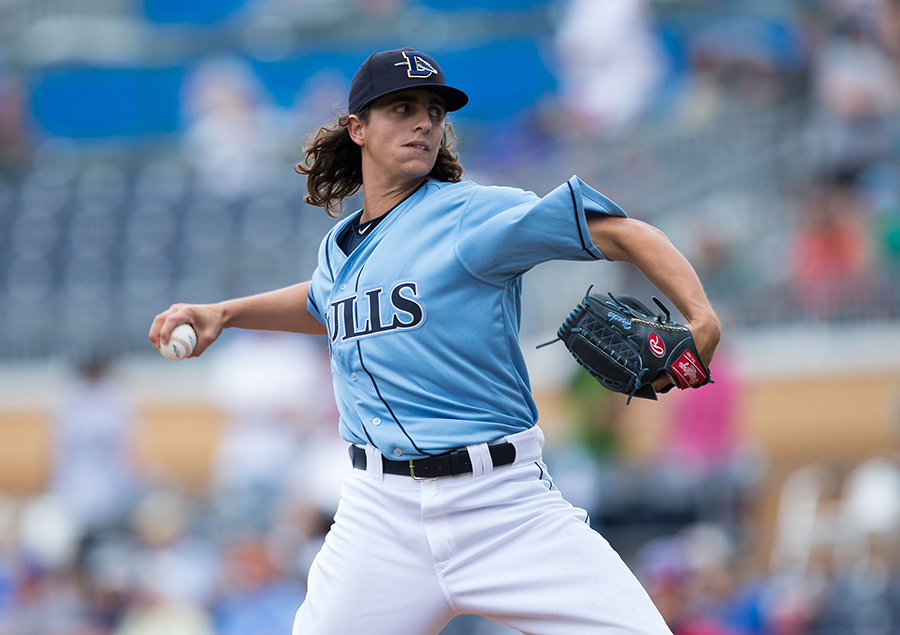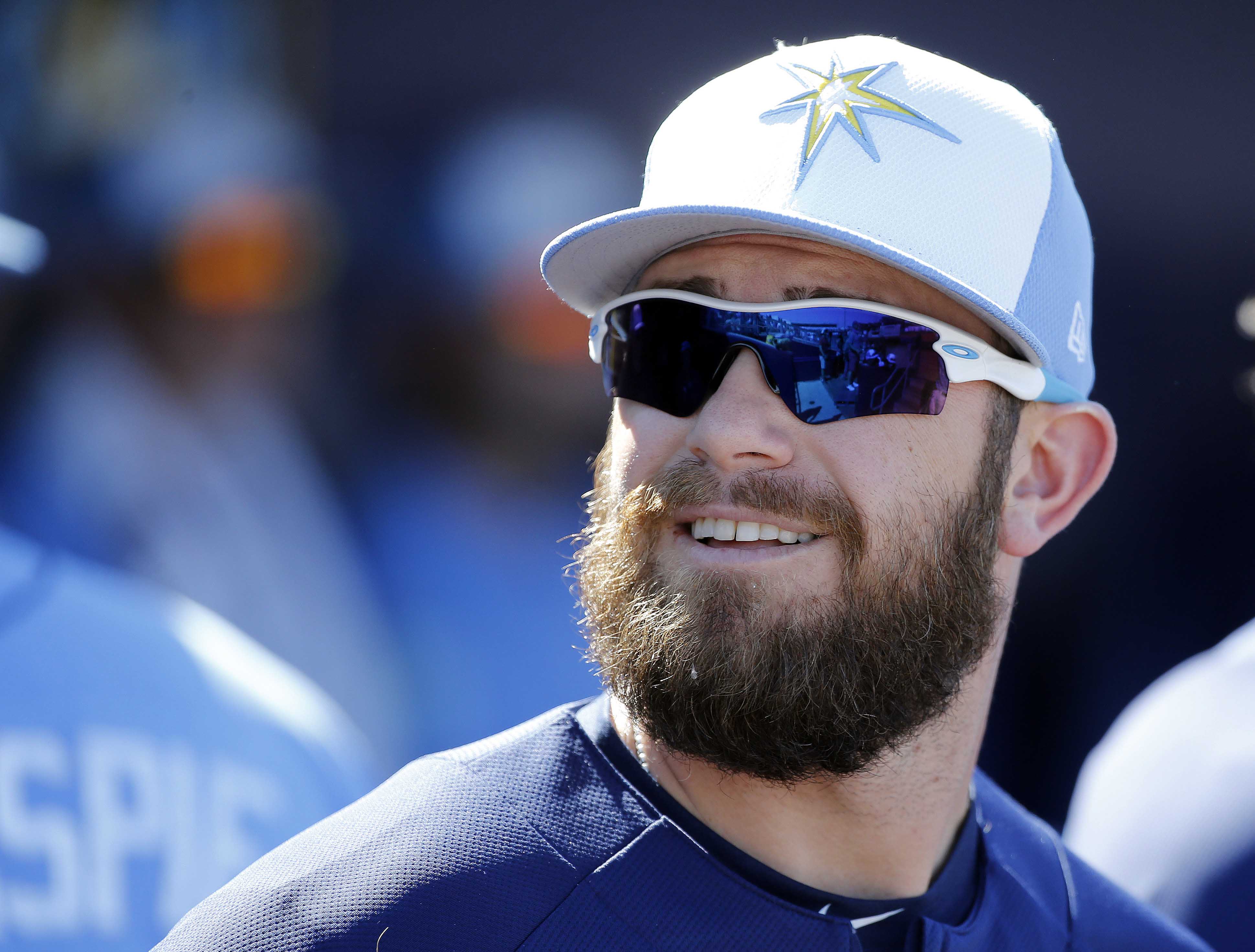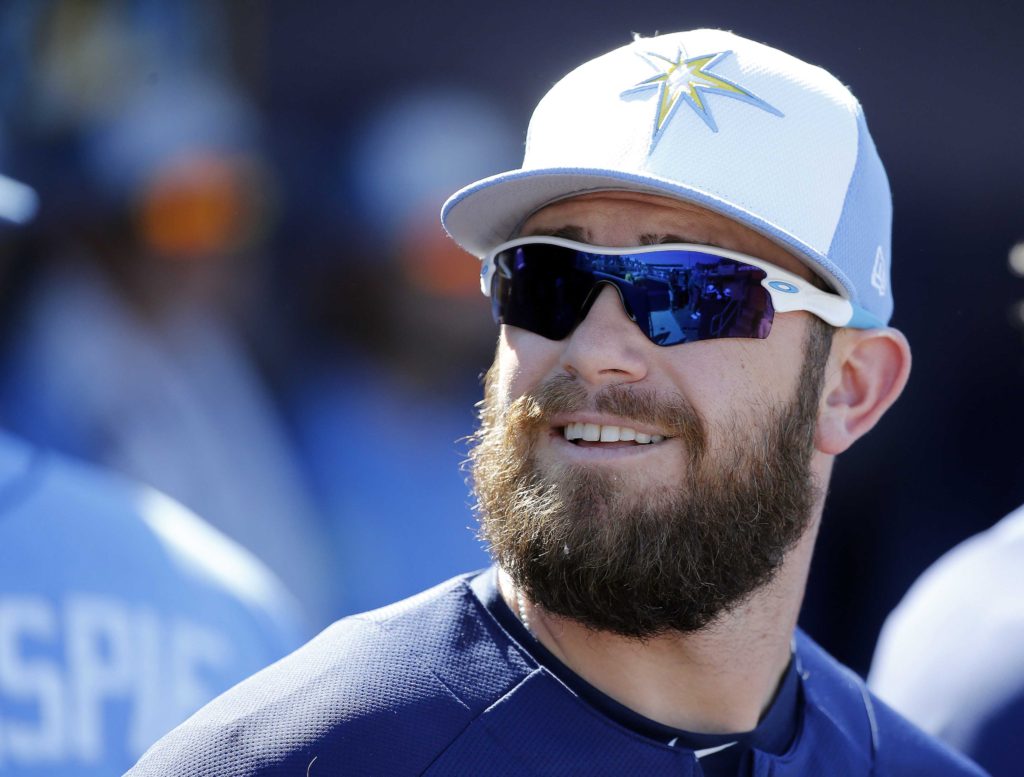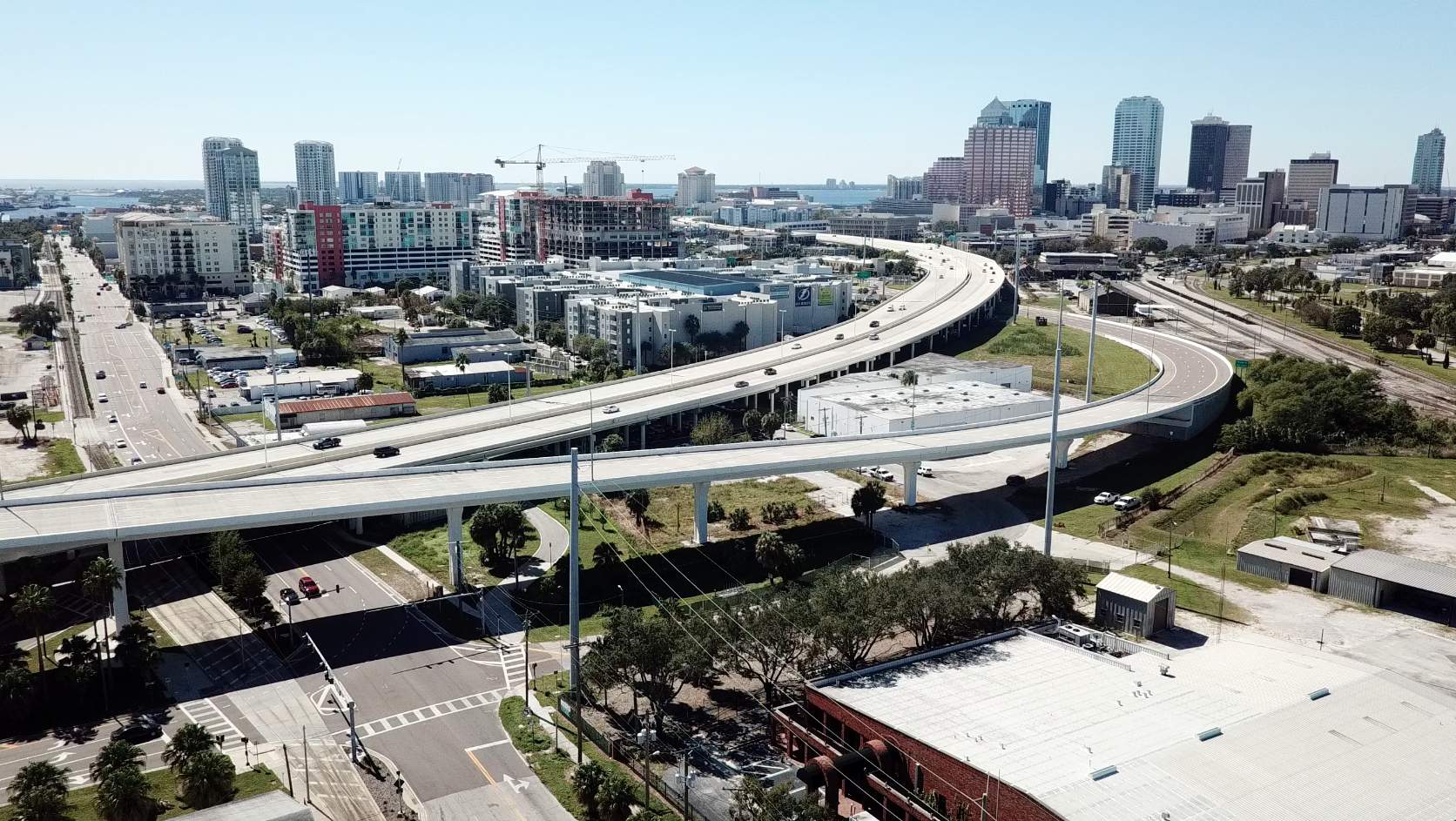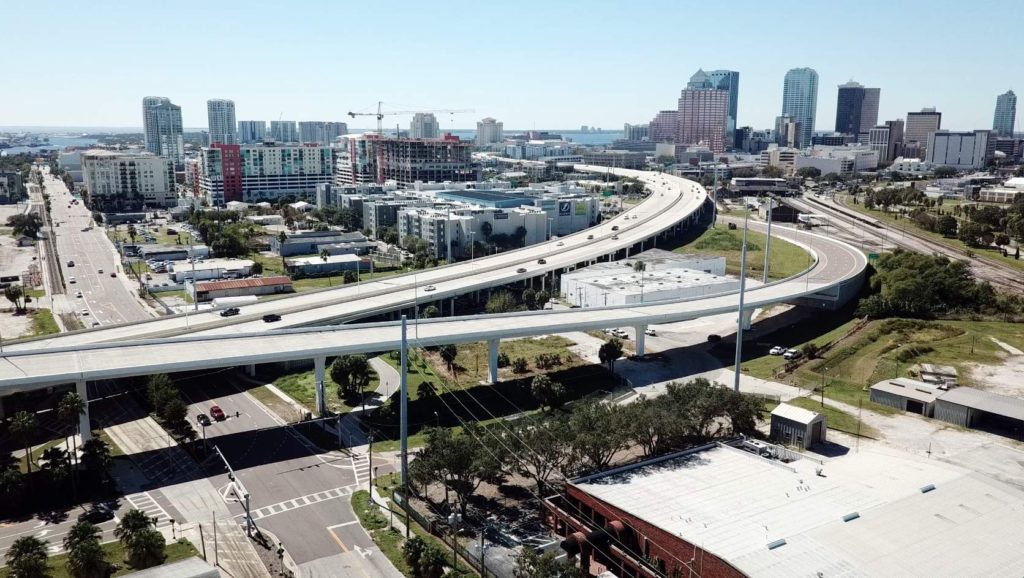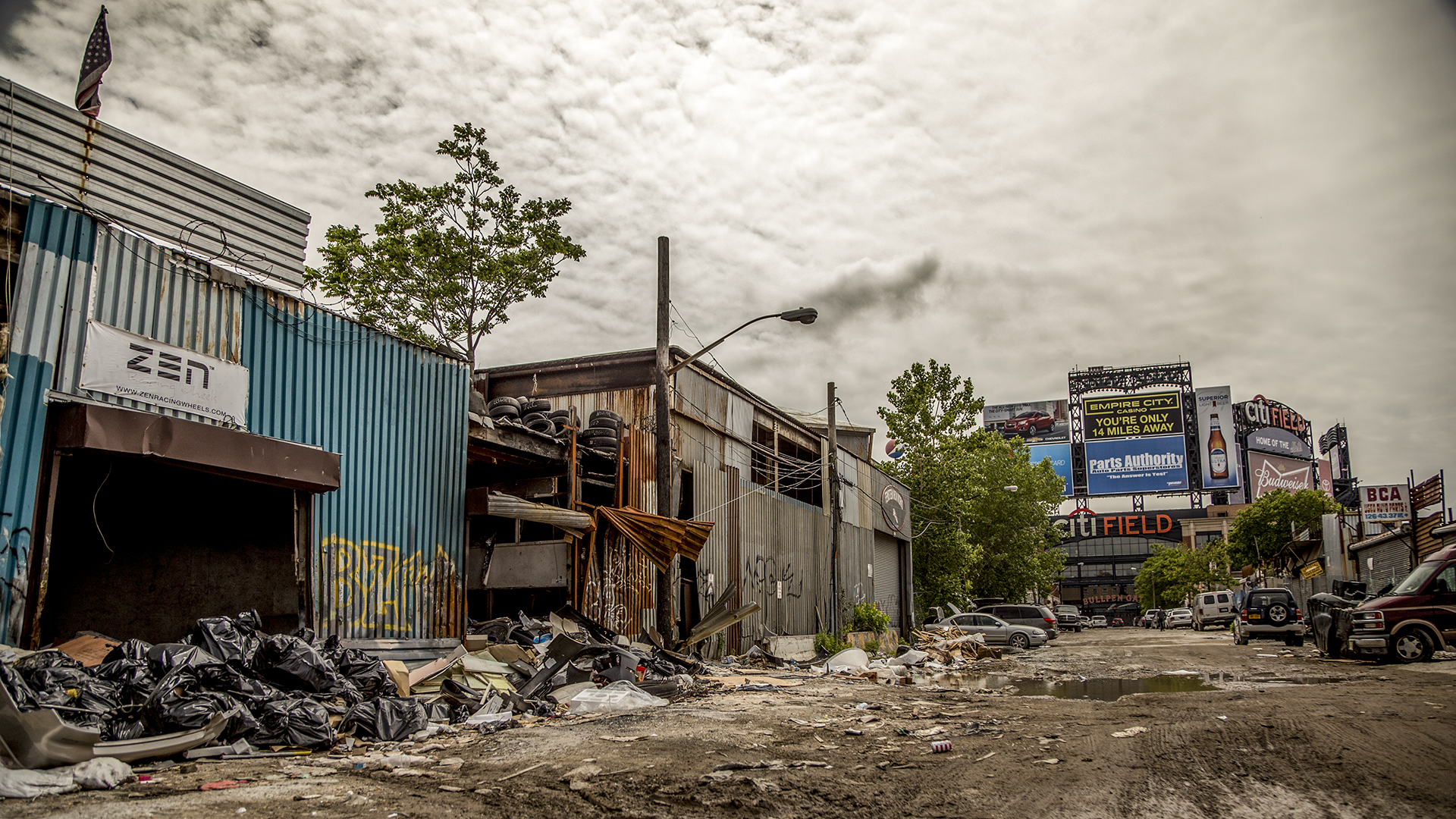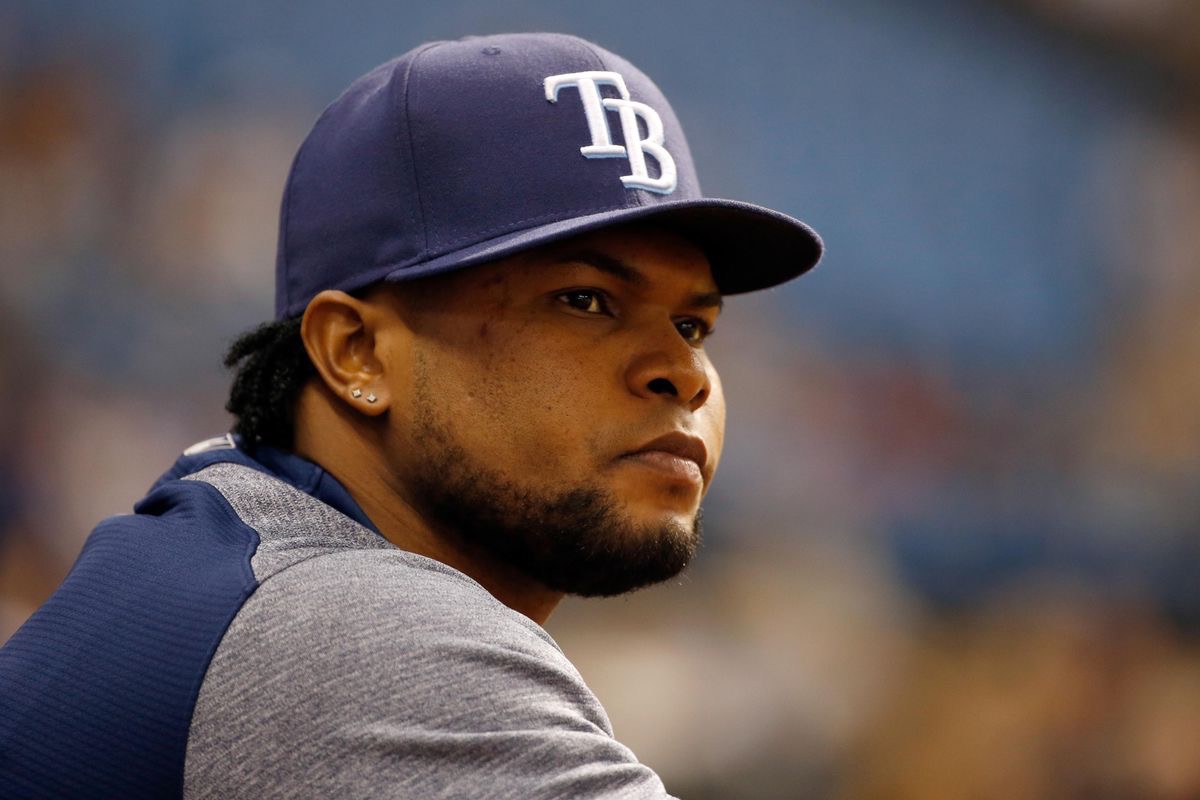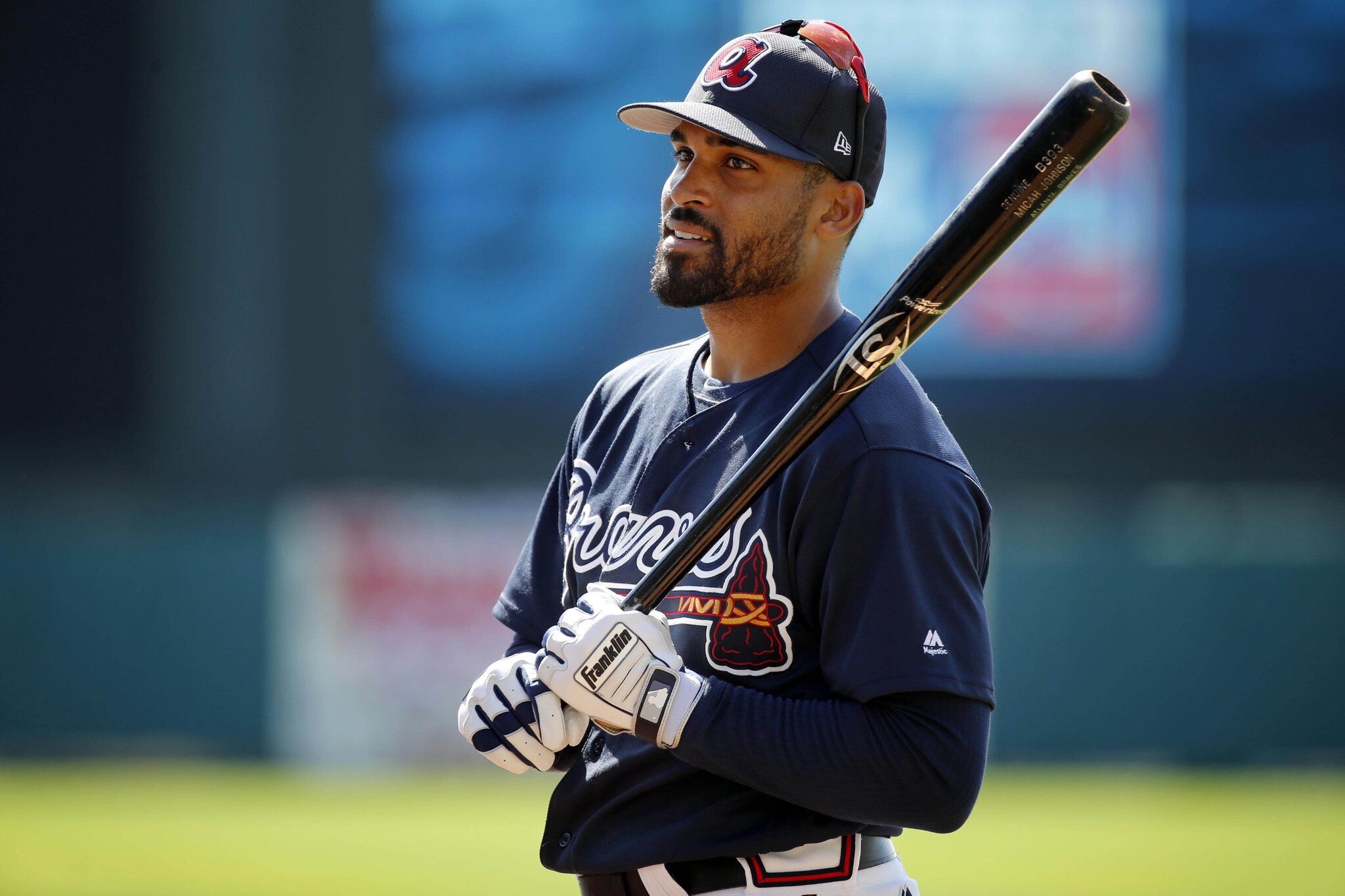
The Tampa Bay Rays announced on Monday that they have claimed infielder Micah Johnson off outright waivers from the San Francisco Giants, who had designated Johnson for assignment last week prior to setting the 40-man roster. The acquisition filled the open spot on Tampa Bay’s 40-man roster, although they could release a player ahead of the Rule-5 Draft in order to clear more space.
Johnson was once considered the White Sox’s second baseman of the future, however, he went from the south side of Chicago to Los Angeles by way of a three-team trade that sent Todd Frazier to the ChiSox by way of Cincinnati. The infielder spent the 2016 season in the Dodgers’ organization, yet was flipped to Atlanta last January. He enjoyed a solid run with Atlanta’s Triple-A affiliate in 2017, slashing a solid .289 BA/.377 OBP/.400 SLG/.777 OPS line, albeit over a small sample of 45 games and 155 plate appearances due to a fractured left wrist. He also played in 18 games for Atlanta, primarily as a pinch-runner or pinch-hitter, and went 2-for-10 with a stolen base.
Per Neil Solondz (Rays Radio):
Johnson has hit .292 (632-for-2,165) with a .761 OPS over six minor league seasons and 550 minor leagues. During that time he’s collected 101 doubles, 35 triples, 30 home runs, 218 RBI and 190 stolen bases. In the majors, Johnson has had just 131 MLB plate appearances over 61 games and three seasons, and hit .224. In addition to playing second base, Johnson also has played the outfield.
Johnson is a bit of an unknown quantity on the field, although he does have experience at second base — where he committed just three errors in 58 opportunities with the White Sox in 2015, but performed to a -7 DRS — and in the outfield. He is a lefthanded hitter, potentially giving the Rays an option if they shift Brad Miller to another position or trade him, or as Marc Topkin (Tampa Bay Times) opines, if he has a setback in recovering from core muscle repair surgery.
Moving forward, the Rays — somewhat surprisingly — are in on Japanese two-way phenom Shohei Ohtani.
According to Topkin, Teams were asked, according to the Associated Press, “to evaluate Ohtani’s talent as a pitcher and as a hitter; to explain its player development, medical training and player performance philosophies and facilities; to describe its minor league and spring training facilities; to detail resources for Ohtani’s cultural assimilation into the team’s city; to demonstrate a vision for how Ohtani could integrate into the team’s organization; and to tell Ohtani why the team is a desirable place to play.”
Answers were to be provided in English and Japanese, and to be returned as soon as possible. Also, teams were instructed to not make mention of financial terms.
What could pique Ohtani’s interest, and make the Rays an appealing option? The team’s focus on development and willingness to allow top draft pick Brendan McKay work as both as a pitcher and hitter.
The 23 year-old is expected to go on the market by week’s end. Major League owners are expected to approve the rules of the posting system on Friday, with a 21-day window to negotiate with and sign Ohtani would open later Friday or Saturday.
Under the rules expected to be in play, teams will have to pay a $20-million posting fee to Ohtani’s Nippon Ham Fighters, then negotiate a deal with Ohtani. But they will be limited by the international spending caps, with the Rangers currently having the most available money, $3,535,000. Even in a best-case scenario no team could offer more than $10-million, writes Topkin.
Finally, this Friday marks the non-tender deadline, when teams have to decide whether to tender a contract to arbitration-eligible players. In the case of the Rays, there are 12 arbitration-eligible players on which to make decisions.
Tampa Bay has control of each of the arbitration-eligible players, and that remains the case if they are tendered a contract.
Listed below are the 12 arbitration-eligible players, and what MLB Trade Rumors estimates their 2018 salary will be:
Adeiny Hechavarria — $5.0MM
Dan Jennings — $2.5MM
Brad Boxberger — $1.9MM
Corey Dickerson — $6.4MM
Brad Miller — $4.4MM
Xavier Cedeno — $1.4MM
Jake Odorizzi — $6.5MM
Jesus Sucre — $1.3MM
Chase Whitley — $1.0MM
Alex Colome — $5.5MM
Steven Souza — $3.6MM
Matt Duffy — $900K
The 12 players above will earn roughly $40MM in 2018 if they all are tendered. Tack on roughly $38MM for the five players currently under contract, and that’s about $78MM for 17 players, leaving several areas still to improve upon in order to upgrade the team from an 80-win total.
It goes without saying, some players — most notably Jake Odorizzi, Alex Colome and Miller, of whom the trade rumors are circulating — will likely be traded before the start of Spring Training.
As Solondz noted, deciding to tender a contract is not about whether that player’s individual number fits into the Rays payroll. Rather there are a few factors to consider:
For one, is the player going to be an asset for the team in 2018? In some cases you have to read whether a player who was injured most of 2017 might be able to bounce back. Or whether someone who had a better than expected season can maintain or even improve upon that level. Or perhaps whether a player that’s underperformed can take a major step forward.
Another reason to tender a player is based on market value. If that individual were on the open market, would he receive more in free agency than he would in arbitration? In that case it’s hard to non-tender that player.
A third factor is whether there’s interest in the arbitration-eligible player around the league. If there is, you can tender the player to eventually fill another need. For instance, Jake McGee was tendered a contract, and the Rays dealt him more than a month later in the Corey Dickerson trade. The Rockies needed bullpen help, and the Rays needed a left-handed bat for the lineup. Each player was tendered, and each served a need for another club.
The Rays also did this in the prior season, when Matt Joyce was moved for Kevin Jepsen. In addition, moves can be made to open opportunities for younger players. Heading into 2018, the Rays have several young pitchers and position players ready to contribute.
Buckle up friends, we could be in for a wild ride!

